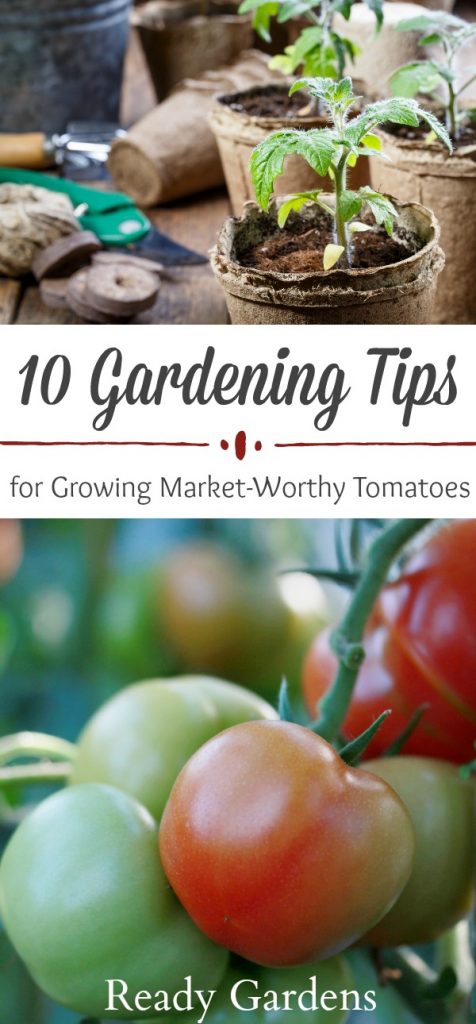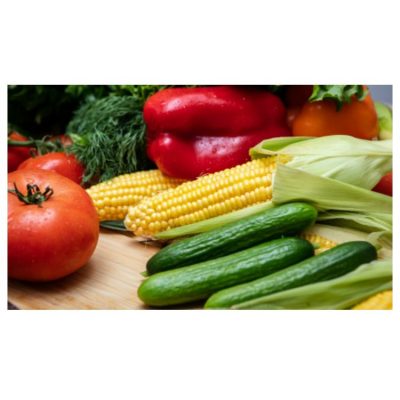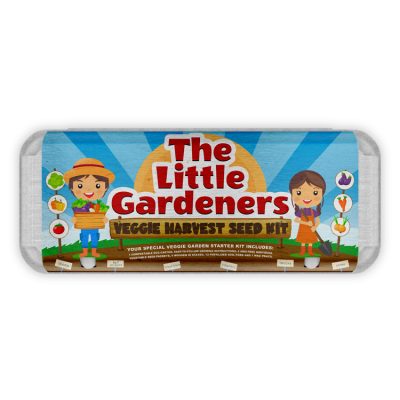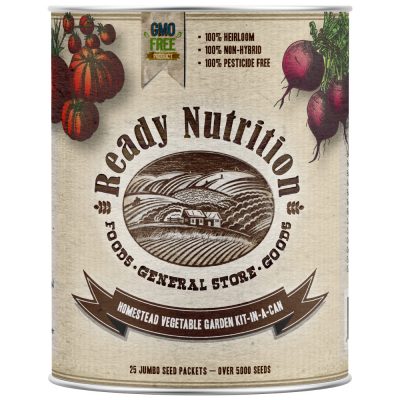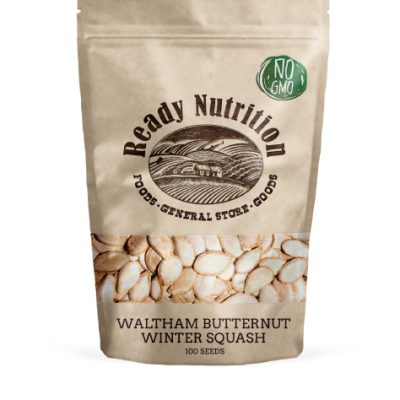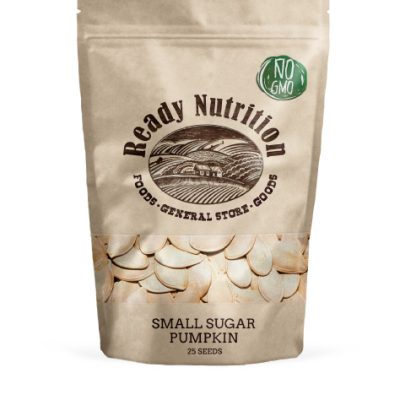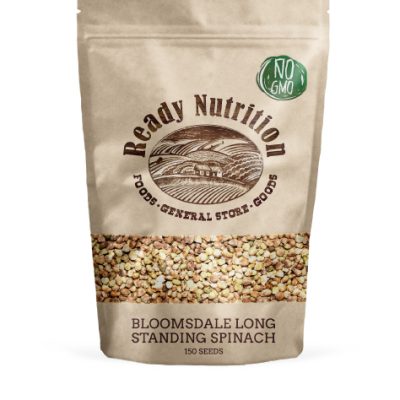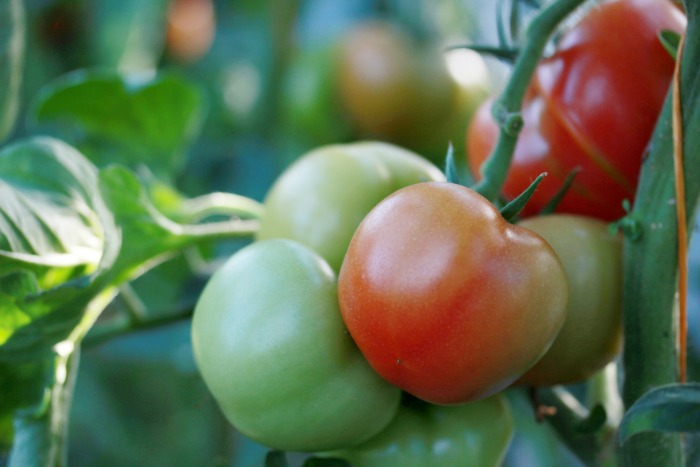
10 Gardening Tips for Growing the Juiciest Tomatoes
Some of the most popular types of tomato varieties planted are the beefsteak tomato, Celebrity, Early Girl, and the Cherry Tomatoes. The tomato plant can grow up to 6 feet tall and requires trellising or support. Tomatoes typically take about 85 days to harvest. And to get those big, delicious red orbs to grow, it requires a lot of nutrients.
Choose a fertilizer that has a balanced ratio of the three major elements, such as 10-10-10, or where the middle number (phosphorus) is larger than the first number (nitrogen), such as 2-3-1. Tomatoes are heavy feeders and usually do need fertilizer unless your soil is very rich.
Use some o these gardening tips to ensure your tomato harvest is the best one yet!
1. Choose the right varieties.
There are many types of tomato varieties to choose from. One that I always recommend is the heirloom varieties. These seeds have been around for generations and were bred for flavor, adaptability and growing performance. As well, many of these seeds are open-pollinated and the seeds can be saved for the next harvest. This ensures you have plenty of tomatoes to eat fresh, preserve or make delicious sauces with.
2. Location, location, location!
Tomatoes love bright locations where they receive 10 hours or more of sunlight. Full morning sun is always the best location, but tomatoes will do well with some afternoon sun too. As well, ensure that you have properly spaced your plants.
3. Plant tomatoes in multiple locations
When you alternate where you plant your tomatoes, it helps to diminish the risk of soil-borne diseases such as bacterial spot and early blight. One of my favorite gardening resources, Carrots Love Tomatoes: The Secrets to Companion Planting taught me that when you plant companion plants near each other, it also helps to reduce soil-borne diseases, as well as, encourage beneficial bugs to hang around. Here is a list of companion plants for your tomatoes.
- Asparagus
- Basil
- Beans
- Borage
- Carrots
- Celery
- Dill
- Lettuce
- Melons
- Onions
- Parsley
- Peppers
- Radishes
- Spinach
- Thyme
4. Plant them deep!
When you plant your tomato seedlings deep, it helps the plant develop a better root system. The extra roots will strengthen the plant so that it can support more fruit and survive hot weather. Gardeners recommend you planting your seedlings up to the first true leaves. If you have heavy soil and cannot dig your hole deeply, you can lay the plant on its side, and cover with dirt (ensure that the hole is at least 5 or 6 inches deep when buried).
5. Prune your tomatoes
I realize that many feel this step is optional, but it really helps. By pruning off any non-fruiting branches, it directs the tomato plant’s energy into growing more tomatoes. Every three weeks, I will prune my tomato plants in the early morning. Doing this step in the morning will help reduce any plant stress.
6. Fertilize!
Tomatoes are heavy feeders and require lots of nutrients to produce all of those lovely tomatoes. Adding a layer of balanced organic fertilizer like 8-8-8 during the transplanting process will help shield plants from stress and encourage root growth. When plants begin to put out fruit, fertilize every two or three weeks with fertilizer and then water it in. As well, consider giving your plants some compost tea. Compost tea takes the beneficial bacteria and fungus present in compost and exponentially increases them through aeration and sugars. These bacteria and fungus are critical to root establishment – and the more bacteria you have in your soil, the better. This all-around plant booster helps foliage, increases root development, feeds the soil – you can’t go wrong! I usually make some compost tea once a month to help my plants.
7. Give them some support
Certain tomato varieties can grow to 6 feet high and will require a trellis, staking or tomato cage. The trellis system keeps ripe fruit off the ground, so it’s less susceptible to disease and is easier to harvest. Any garden center will have tomato cages and trellises. The best time to add stakes is during the time you are transplanting. This cuts down on damaging root systems later on.
8. Water them correctly
Tomatoes need consistent moisture to produce even growth and ripe, juicy fruits. Therefore, water tomatoes deep! To check to see if tomatoes need watering, insert your index fingers two inches in the soil. If the soil is dry, then you need to water. Water the tomatoes when the soil dries to a depth of 1 to 2 inches. Doing so will cut down on tomato blight. As well, do your best to keep leaves dry. In addition, adding one inch of mulching material around the growing tomatoes will help reduce water evaporation from the soil and reduce weeds in the garden.
9. Plant more!
Succession planting in three-week intervals will keep you loaded with tomatoes throughout the growing season. As soon as you plant your seedlings, start a new batch of seeds. I usually plant tomatoes two or three times during the summer months.
10. Harvest as soon as they show their colors
Keep an eye on your growing tomatoes and harvest as soon as they color up fully. Birds and other wildlife love tomatoes as much as we do, so pick them as soon as their color comes. You can also pick your tomatoes a little early and allow it to ripen on your kitchen windowsill.
When you give tomatoes the right environment to grow, they will reward you three fold! These tips will ensure that your tomato crop will be the best crop yet.
Check out our open-pollinated and organically grown tomato seeds!
Happy gardening!

